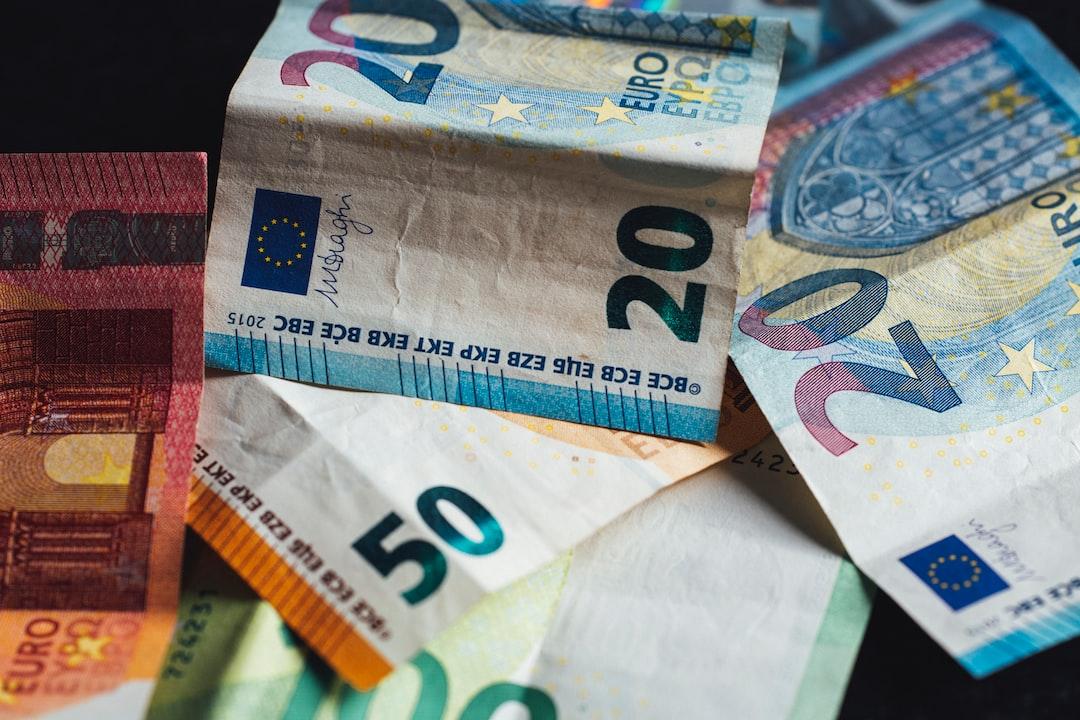The World Bank has released the 2024-2025 country classification by income level, and surprisingly, Russia and Ukraine, which have been at war for over two years, have both seen an increase in their Gross National Income (GNI) this year. Does this mean sanctions are ineffective? Why do Russia and Ukraine seem to become wealthier as the war progresses?
Content Directory
Toggle
World Bank’s Gross National Income (GNI)
Russia Returns to the High-Income Country Category
Ukraine’s Reconstruction Spending Increases, Joins Upper-Middle-Income Group
Do Citizens Feel the Increase in Per Capita GNI?
The World Bank Group divides the world’s economies into four income groups: low-income, lower-middle-income, upper-middle-income, and high-income. This classification is updated annually on July 1st, based on the GNI per capita of the previous calendar year.
The GNI per capita used by the World Bank is expressed in US dollars and is adjusted for economic growth, inflation, exchange rates, and population growth. The latest data published by the bank is as follows.
Advertisement – Scroll down for more content



This year, Bulgaria, Palau, and Russia have moved from the upper-middle-income group to the high-income group, with a per capita GNI exceeding $14,006.
According to the report, Russia’s economic activity in 2023 was significantly influenced by a substantial increase in military-related activities, and rebounds in trade (+6.8%), finance (+8.7%), and construction (+6.6%) also drove economic growth. These factors led to a real GDP growth of 3.6%, a nominal GDP growth of 10.9%, and an 11.2% increase in GNI as calculated by the World Bank.
The increase in trade also suggests that sanctions from Europe and the US seem to have had limited impact, as Russia has established alternative trading patterns with China and other countries to circumvent the sanctions.
(U.S. Treasury Department: Russia Evades Sanctions Using USDT, Congress Urgently Needs to Expand Regulatory Authority)
Ukraine has also been upgraded from the lower-middle-income group to the upper-middle-income group. The report indicates that due to economic recovery in 2023 (real GDP growth of 5.3%, compared to a decline of 28.8% in 2022) and a continuous decline in population (which has fallen by over 15% since the invasion), the prices of domestically produced goods and services have risen, further amplifying these factors and leading to a significant 18.5% increase in per capita GNI.
Despite the severe damage to Ukraine’s economy due to the Russian invasion, the actual growth in 2023 was driven by construction activity (24.6%), reflecting the substantial increase in investment spending (52.9%) to support Ukraine’s reconstruction efforts after ongoing destruction.
However, the decline in population, which reduces the denominator, is also a heartbreaking reason.
War is cold and cruel. Although military spending during the war and post-war reconstruction can trigger high levels of investment, the civilians living through the war are unlikely to feel the joy of income growth. It is hoped that this war, which has continued for two years, will soon come to an end, allowing civilians to return to normal life.
GNI
World Bank
Russia
Ukraine

Further Reading
Strengthening Extraterritorial Enforcement! Democratic Lawmakers Propose Amendments to the “National Defense Authorization Act” Targeting Cryptocurrency Transactions, Sanctioning Russian Addresses
Creative Solutions Still Available! Taiwan’s Ministry of Health and Welfare Considers Blocking Telegram to Combat Illegal Sexual Image Trading

